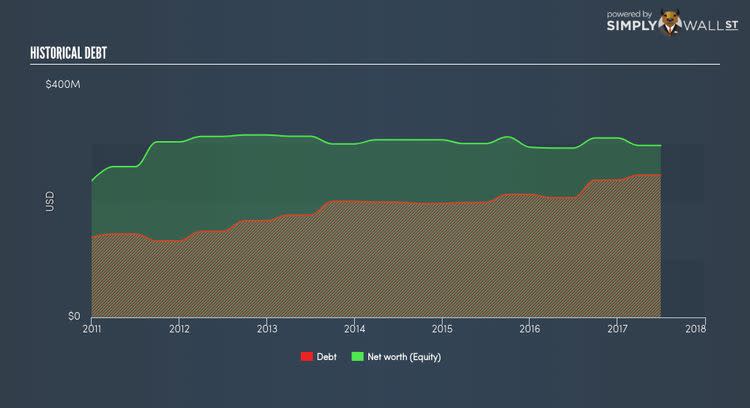Is REA Holdings plc (LSE:RE) A Financially Sound Company?

REA Holdings plc (LSE:RE.) is a small-cap stock with a market capitalization of GBP £131.23M. While investors primarily focus on the growth potential and competitive landscape of the small-cap companies, they end up ignoring a key aspect, which could be the biggest threat to its existence: its financial health. Why is it important? Given that RE. is not presently profitable, it’s essential to assess the current state of its operations and pathway to profitability. Here are a few basic checks that are good enough to have a broad overview of the company’s financial strength. Nevertheless, since I only look at basic financial figures, I recommend you dig deeper yourself into RE. here.
Does RE. generate enough cash through operations?
Over the past year, RE. has ramped up its debt from $212M to $237M – this includes both the current and long-term debt. With this growth in debt, RE.’s cash and short-term investments stands at $43M , ready to deploy into the business. Moreover, RE. has generated $3M in operating cash flow during the same period of time, leading to an operating cash to total debt ratio of 0.01x, signalling that RE.’s debt is not appropriately covered by operating cash. This ratio can also be interpreted as a measure of efficiency for loss making businesses as traditional metrics such as return on asset (ROA) requires a positive net income. In RE.’s case, it is able to generate 0.01x cash from its debt capital.
Can RE. meet its short-term obligations with the cash in hand?
At the current liabilities level of $103M liabilities, it seems that the business is not able to meet these obligations given the level of current assets of $95M, with a current ratio of 0.92x below the prudent level of 3x.
Does RE. face the risk of succumbing to its debt-load?
With a debt-to-equity ratio of 82.75%, RE. can be considered as an above-average leveraged company. This is not uncommon for a small-cap company given that debt tends to be lower-cost and at times, more accessible. But since RE. is currently unprofitable, there’s a question of sustainability of its current operations. Maintaining a high level of debt, while revenues are still below costs, can be dangerous as liquidity tends to dry up in unexpected downturns.
Next Steps:
Are you a shareholder? With a high level of debt on its balance sheet, RE. could still be in a financially strong position if its cash flow also stacked up. However, this isn’t the case, and there’s room for RE. to increase its operational efficiency. In addition to this, the company may struggle to meet its near term liabilities should an adverse event occur. Going forward, its financial position may be different. I suggest researching market expectations for RE.’s future growth on our free analysis platform.
Are you a potential investor? RE.’s large debt ratio on top of poor cash coverage in addition to low liquidity coverage of short-term commitments may not build the strongest investment case. But, keep in mind that this is a point-in-time analysis, and today’s performance may not be representative of RE.’s track record. You should continue your analysis by taking a look at RE.’s past performance analysis on our free platform in order to determine for yourself whether its debt position is justified.
To help readers see pass the short term volatility of the financial market, we aim to bring you a long-term focused research analysis purely driven by fundamental data. Note that our analysis does not factor in the latest price sensitive company announcements.
The author is an independent contributor and at the time of publication had no position in the stocks mentioned.

